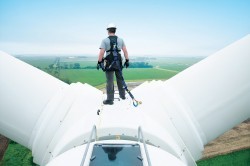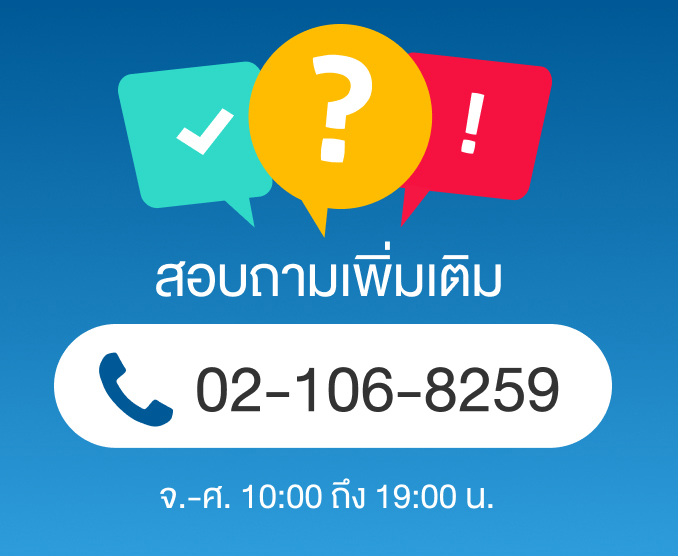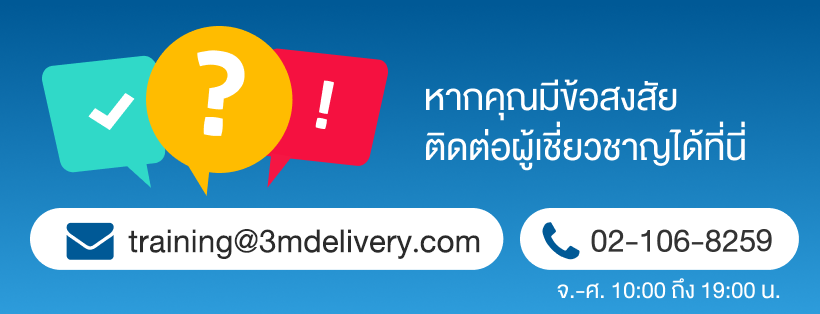
GWO Module 1: Crane and Hoist Basic User (โทรจองผ่านแอดมินเท่านั้น)
GWO Module 1: Crane and Hoist Basic User (โทรจองผ่านแอดมินเท่านั้น)
GWOCHBU01
12,840.00
กรุณาเลือกวันที่เข้าร่วมหลักสูตร
| วัน | เวลา | จำนวนที่ว่าง | จำนวนที่ซื้อ | |
|---|---|---|---|---|
| 04-05 ธันวาคม 2567 CHBU04051224 |
08.00-17.00 น. | 0 | เต็ม |
Stock No: -
- จำนวนที่นั่งว่าง -

GWO Module 1: Crane and Hoist Basic User (โทรจองผ่านแอดมินเท่านั้น)
GWO Module 1: Crane and Hoist Basic User (โทรจองผ่านแอดมินเท่านั้น)
รายละเอียดสินค้า
GWO Module 1: Crane and Hoist Basic User (โทรจองผ่านแอดมินเท่านั้น) Training Course Outline Course Name: GWO Module 1: Crane and Hoist Basic User (GWO-CHBU) Training Duration: 2 Days (Including Theory & Practical Training) Training Time: 08:30 – 16:30 Delegate to Trainer Ratio: Theory 12 Students to 1 Instructor & Practical 12 Students to 2 Instructors. Registration Fee: 12,000.00 Baht / Person. Certification: Certificate to be issued by Global Wind Organisation (GWO). Certification Validity Period: Statement of Attainment valid for 2 years from date of issue. Training Location: 3M Safety Training Center Thailand /or Onsite. Overview: Training in accordance with this Crane and Hoist Training Standard will enable wind industry personal to safely operate, inspect and maintain common types of fixed, small cranes and hoists in the wind industry by following manufactures manuals, documentation, and relevant legislation. The aim of this module is to enable participants, through theoretical and practical training, to ensure safety awareness when using cranes and hoists in service operations and ensure that wind industry personal can safely operate common types of small, fixed cranes (eg 8 metric tons/metre) and fixed hoists in the wind industry onshore and offshore when following manufactures’ manuals and relevant documentation and legislation. After having successfully completed this Crane and Hoist Basic User Module, the participants will have the ability to take responsibility as a basic user to safely operate common types of fixed cranes and hoists in WTG environment on basic lifts while following manufactures’ manuals and relevant documentation and legislation. Target Audience: Personnel working within the wind industry conducting pre-planned basic lifting operations onshore and offshore using common types of cranes and hoists and following established procedures. Student Prerequisites: Students should be physically fit and able to participate in moderately strenuous practical activities. Students shall be following Drug / Alcohol Policy. Students don’t were any short trouser and sandal to Training Center. Student shall prepare and were Safety Boots for Training. Document Prerequisite for Training: • Medical Checkup Document. • Copy of ID. Card /or Passport. • Personal WINDA ID. Learning Objectives: After having successfully completed this lesson, the participants can: 1. Recognise what is expected of them throughout the module (Knowledge, basic level) 2. Take responsibility of their own safe engagement and learning during the training (Ability, intermediate level) 3. Name and point out local emergency procedures and facilities (Knowledge, basic level) 4. Discuss the relevant human factors and explain their implications (Knowledge, intermediate level) 5. Take responsibility of seeking out and apply relevant legislation and equipment related documentation in lifting operations (Ability, intermediate level) 6. The participants can explain a lifting plan for basic lifting operations to colleagues and other personnel at hand, including risks and possible (standardised) actions (Knowledge, intermediate level) 7. The participants can take responsibility for applying a lifting plan to a basic lifting operation (Ability, intermediate level) 8. The participants can explain how to mitigate mechanical, chemical, hydraulic and electrical hazards and risks, and how to establish safety when using and maintaining cranes and hoists (Knowledge, intermediate level) 9. Distinguish between the different types of lifting equipment (Skills, intermediate level) 10. Recognise and name the major components of the lifting equipment (Knowledge, basic level) 11. Explain how the main components of lifting equipment functions (Knowledge, intermediate level) 12. Recognise different types of lifting accessories (Knowledge, basic level) 13. Explain how to apply the lifting accessories as per the manufacturer’s information (knowledge, intermediate level) 14. Apply lifting accessories to lifting equipment safely (Skills, intermediate level) 15. Act Independently deciding the correct accessories for lifting operations and verify their valid periodic certification (Ability, intermediate level) 16. Explain how the theoretical topics from lesson 2, 3, 4, 5 and 6 is applied to lifting operations with cranes and hoists (Knowledge, intermediate level) 17. Explain how to safely and correctly prepare for lifting operations with common types of fixed cranes and hoists (Knowledge, intermediate level) 18. Take responsibility for carrying out pre-use inspection of common types of fixed cranes and hoists prior to lifting operations (Ability, intermediate level) 19. Take responsibility for configuring common types of fixed cranes and hoist prior to lifting operations, e.g. manual boom extension, fixed hook mode, (Ability, intermediate level) 20. Take responsibility for applying relevant legislation, requirements, and operating instructions as per manufacturer manual and follow lift plan, risk assessment and work instructions (Ability, intermediate level) 21. Take responsibility for following the slinger signaller/banksman’s visual signals and other relevant means of communication (Ability, intermediate level) 22. The participants can individually take responsibility to safely park and follow the shutdown procedure for the lifting equipment and accessories on completion of lifting operations (Ability, intermediate level) 23. The participants can take responsibility for charging the remote controller without supervision (Ability, intermediate level) 24. The participants can take initiative to report any defects on lift equipment and accessories (Ability, intermediate level) Note: This cost is included as the following items below, when conduct training at 3M Safety Training Center Thailand: • Basic Personal Protective Equipment (PPE) will be supported during Practical Training such as Safety Helmet, Safety Glasses, Coverall and Gloves. • Meal Provided with Lunch and 2 Coffee breaks per Day.คะแนนรีวิว GWO Module 1: Crane and Hoist Basic User (โทรจองผ่านแอดมินเท่านั้น)
รีวิวสินค้า


